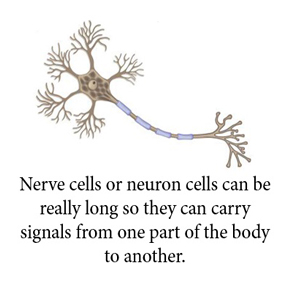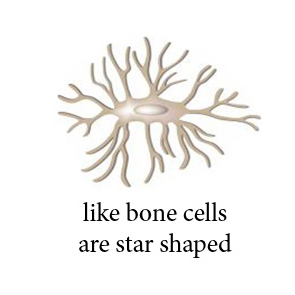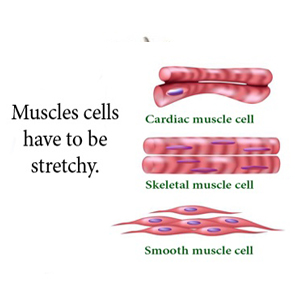Many people have compared the human body to a machine. Think about some common machines, such as drills and washing machines. Each machine consists of many parts, and each part does a specific job, yet all the parts work together to perform an overall function. The human body is like a machine in all these ways. In fact, it may be the most fantastic machine on Earth.
The human body is organized at different levels, starting with the cell and ending with the entire organism. At each higher level of organization, there is a greater degree of complexity.

Cells
The most basic parts of the human body are cells—an amazing 100 trillion of them by the time the average person reaches adulthood! Different types of cells in the human body specialized for a specific job. Cells are the basic units of structure and function in the human body, as they are in all living things. Each cell carries out basic life processes that allow the body to survive.
Tissue
A tissue is a group of connected cells that have a similar function. There are four basic types of human tissues: epithelial, muscle, nervous, and connective tissues. These four tissue types, make up all the organs of the human body.
Organ
Organs are the next level of organization of the human body. An organ is a structure that consists of two or more types of tissues that work together to do the same job. Examples of human organs include the brain, heart, lungs, skin, and kidneys.
Organ System
Human organs are organized into organ system. An organ system is a group of organs that work together to carry out a complex overall function. Each organ of the system does part of the larger job. Although we learn about each organ system as a separate unit, the functions of the body’s organ systems are still connected which means that your body could not function without the cooperation of all of its organ systems. In fact, the failure of even one organ system could lead to severe disability or even death.
The health of every organ in your body is determined by the health of the cells that make up your organ. When the majority of cells that make up any organ in your body are healthy, that organ is likely to be healthy; the converse is true as well – when most of the cells that make up one of your organs are dysfunctional, that organ is likely to be dysfunctional, and this in turn leads to symptoms, which we name disease. Usually, the causes that lead to disease are manifested or established in every cell of your body for some time before symptoms arise. We don’t catch diseases, we make them. In the holistic view, disease occurs at the cellular level.
Read more …





